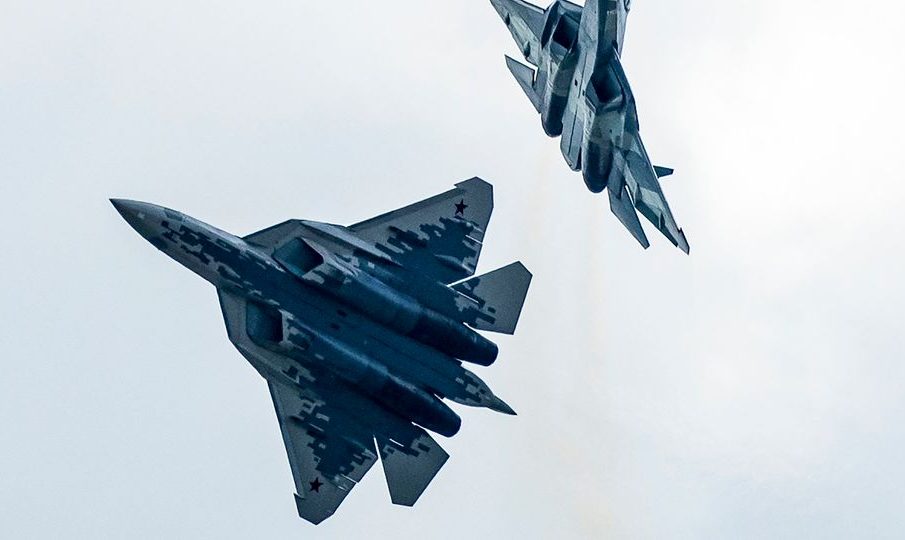Understanding the Current Situation in Ukraine

Introduction
The ongoing conflict in Ukraine remains one of the most significant geopolitical issues of our time. As the war enters its third year, the situation continues to evolve, affecting not only the region itself but also global political dynamics, economies, and humanitarian efforts. The importance of understanding the current events in Ukraine is critical, as they have profound implications for international security and the future of Eastern Europe.
Current Developments
As of October 2023, fighting remains intense in various regions of Ukraine, particularly in the eastern provinces of Donetsk and Luhansk. Ukrainian armed forces are engaged in counteroffensives against Russian troops, with key battles reported around the city of Bakhmut, a focal point of conflict. In recent weeks, Western military support has increased, with multiple countries announcing new aid packages that include advanced weaponry and training for Ukrainian forces. This increased support underscores the ongoing commitment of NATO and other allies to assist Ukraine in defending its sovereignty.
The humanitarian crisis in the region continues to escalate. According to the United Nations, over 8 million people have been displaced within Ukraine since the onset of the conflict, with millions more fleeing to neighbouring countries. Basic services such as healthcare, education, and infrastructure have been severely affected, prompting international agencies to call for increased humanitarian aid.
International Response
The international response to the Ukraine crisis has been multifaceted. Economic sanctions against Russia remain in place, aiming to pressure the Kremlin to cease hostilities. However, these sanctions have also raised concerns about the repercussions on the global economy, particularly in energy markets where prices have surged.
Recently, there have been indications of shifting positions among some countries. Nations grapple with balancing economic interests with the ethical imperative to support Ukraine. High-stakes negotiations continue among European leaders and the United States regarding the strategic support of Ukraine and the long-term implications for NATO’s eastern flank.
Conclusion
The situation in Ukraine remains fluid, with ongoing military, humanitarian, and diplomatic developments. As the conflict drags on, the significance for global stability, international relations, and regional security cannot be overstated. Observers predict that the outcome of this conflict could redefine alliances in Europe and beyond for years to come. For citizens worldwide, staying informed about the evolving status of Ukraine is crucial, not only due to the immediate humanitarian ramifications but also because of the wider implications for peace and security on a global scale.









